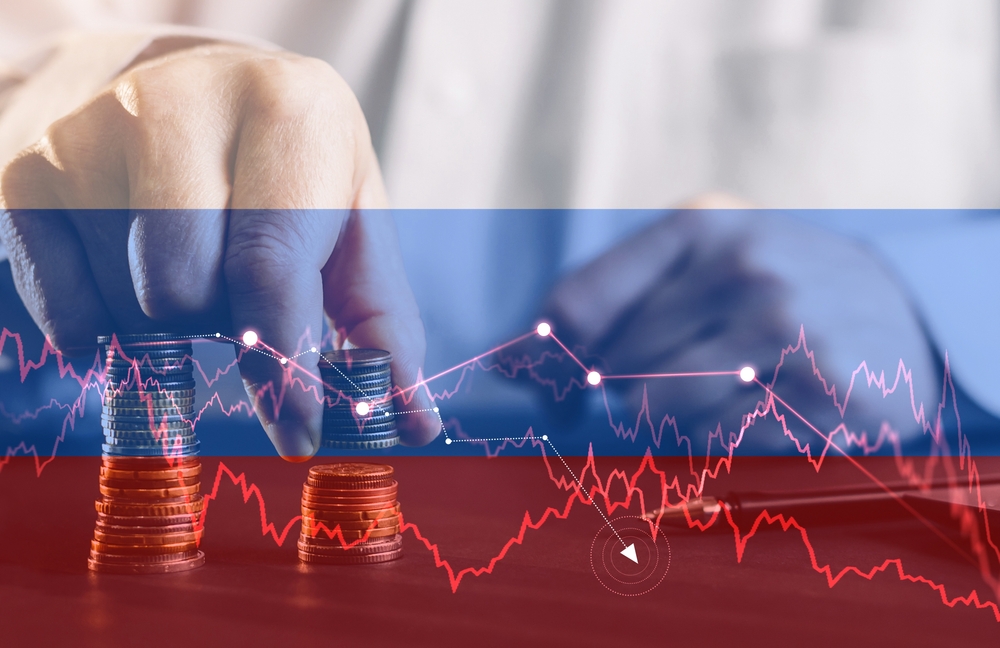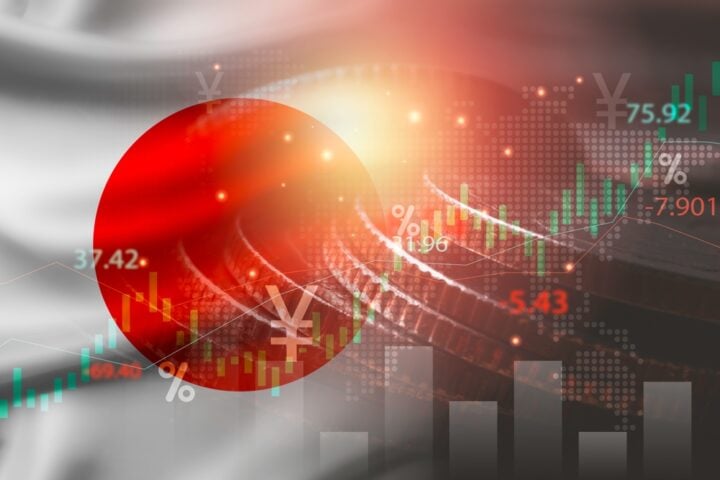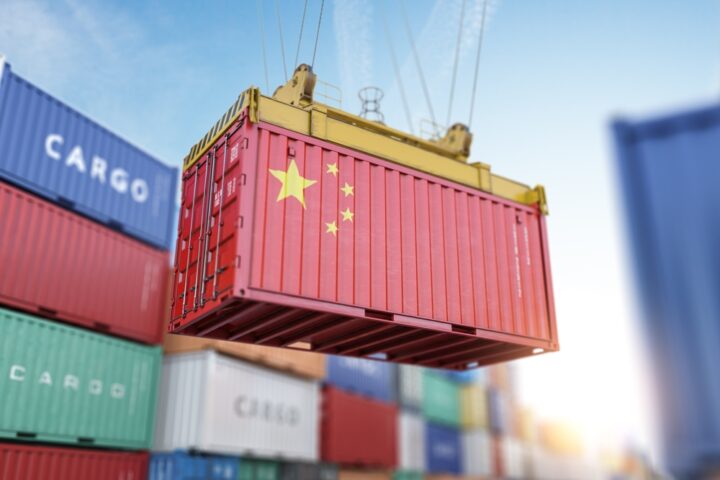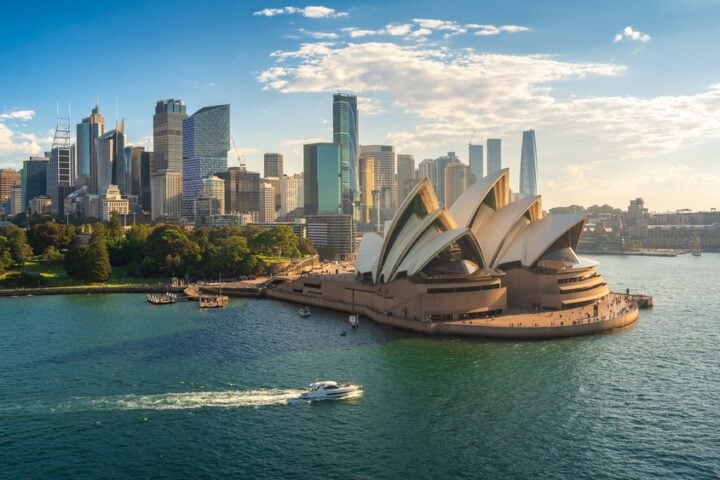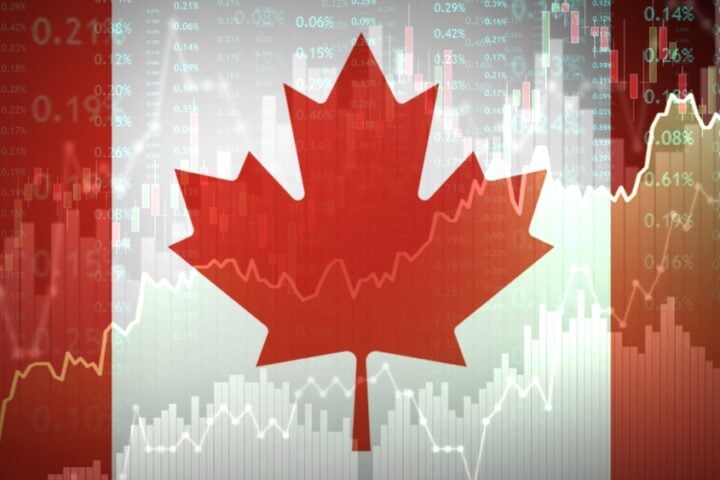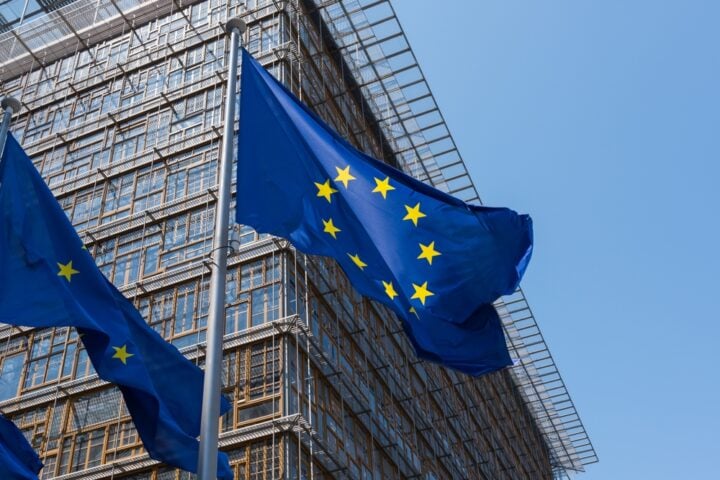The Russian economy has become a paradox of resilience and fragility, defying predictions of collapse while hurtling toward long-term stagnation. Behind the facade of growth lies a precarious foundation sustained by extraordinary government spending and the Kremlin’s prioritization of wartime demands. Yet the cracks are undeniable, and the storm brewing beneath the surface could reshape Russia’s economic and political future.
A Facade of Resilience
Since the invasion of Ukraine, Russia’s economy has shown surprising resilience, posting a GDP growth of 3.6 percent in 2023 and an expected 4 percent in 2024. These figures, alongside low unemployment and rising household incomes, have bolstered President Vladimir Putin’s narrative of economic invincibility. Addressing international audiences, Putin paints a picture of a sanctions-proof economy, a claim that has even drawn interest from Chinese officials studying Russia’s economic model.
But this image is deceptive. As economist Tatiana Orlova notes, “Russia’s economy has operated like a marathoner on fiscal steroids.” These “steroids”—record hydrocarbon revenues and state-controlled spending—are losing their efficacy, revealing structural weaknesses and mounting challenges.
The Engine of Military Spending
Government spending has been the driving force behind Russia’s recent economic growth, with over 10 percent of GDP directed toward fiscal stimulus and state-subsidized loans. The military-industrial complex, fueled by a wartime economy, has become the backbone of this expansion. However, by late 2024, GDP growth slowed to 3.1 percent as other sectors faltered, including extractive industries and agriculture.
Labor shortages exacerbate these issues. With unemployment at a record low of 2.3 percent, industries face significant constraints. Over 1.6 million jobs remain unfilled, forcing businesses to rely on imports to meet demand. This reliance on foreign goods puts pressure on the ruble, leading to inflation that erodes the economic gains touted by the Kremlin.
The Costs of War
The Kremlin’s prioritization of military spending has diverted resources from critical sectors. Defense now consumes over 8 percent of GDP and 40 percent of federal expenditure. This includes massive investments in arms production and contract soldier salaries, with enlistment bonuses reaching up to 3 million rubles ($29,000) in some regions. Yet these expenditures come at a high cost. “Social services and economic programs are being cannibalized to fund the war effort,” explains analyst Alexander Gusev.
Meanwhile, businesses face mounting pressures from sanctions, rising operational costs, and dwindling profitability. The coal sector, a key employer in single-industry towns, has reported losses for the first time since 2020, with other industries lining up for state support. These challenges highlight the unsustainability of Russia’s current economic trajectory.
The Ruble and Inflation
Russia’s economic tightrope is most evident in its currency woes. Inflation reached 9 percent in early 2024, driven by domestic demand and rising wages. The ruble has weakened significantly, with a 25 percent drop from its 2022 peak. Efforts to stabilize the currency are hampered by sanctions and a lack of foreign exchange reserves. With limited tools at its disposal, the government’s monetary policies have become increasingly ineffective.
The Authoritarian Dilemma
Putin’s centralized governance model has created a rigid economic structure. Emergency measures and ad hoc policies prioritize short-term gains over long-term sustainability. The suppression of critical economic data further undermines effective decision-making. As economist Yulia Petrenko observes, “The Kremlin’s synthetic reality obscures the challenges facing Russia’s economy, but it cannot erase them.”
A Fragile Future
Looking beyond 2025, Russia faces a precarious economic future. Structural limitations, such as labor shortages and stagnating export revenues, will likely lead to prolonged stagnation. While the government can maintain a baseline level of control, the current model—driven by military spending and fiscal stimulus—is unsustainable.
When the war ends, the burden will fall on Putin’s successors to address a fractured economy and an increasingly disillusioned populace. The risk of social unrest looms as Russians are asked to sacrifice more for diminishing returns.
Conclusion: The Gathering Storm
Russia’s economic paradox—resilience on the surface, fragility underneath—reflects the Kremlin’s reliance on unsustainable strategies. The storm of government spending may sustain the current state of affairs, but it cannot address the chronic problems plaguing the economy. As sanctions, structural imbalances, and internal pressures mount, the illusion of invulnerability will give way to a period of reckoning.


